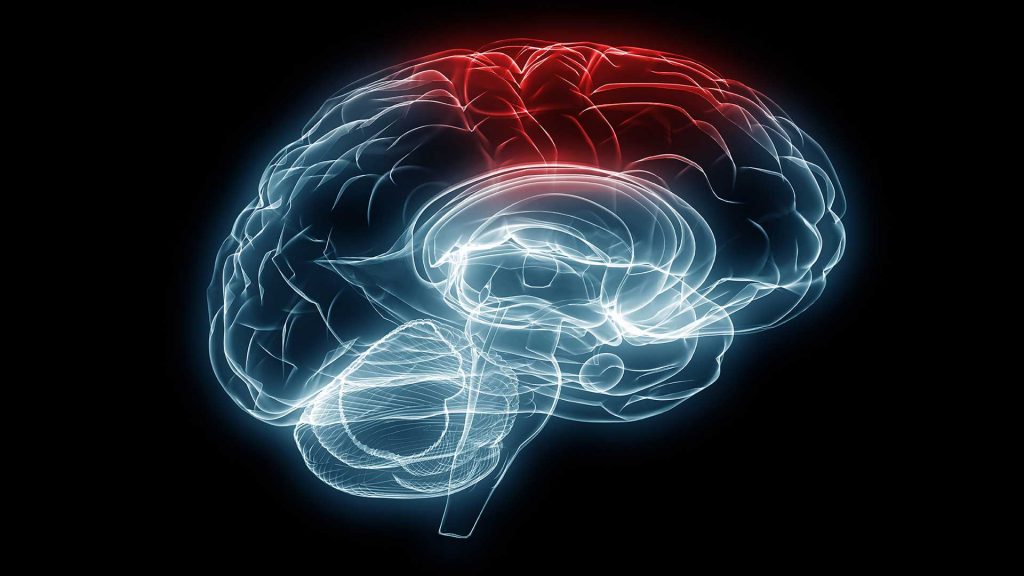Innovative approaches are catalyzing a paradigm shift in the assessment standards for traumatic brain injuries TBIs, marking a transformative leap forward in clinical practice. Traditionally, TBI assessment has relied heavily on conventional diagnostic tools such as neuroimaging and standardized cognitive tests. While these methods have proven valuable, they often fail to capture the nuanced complexities and diverse manifestations of TBIs. However, with the advent of novel technologies and interdisciplinary collaborations, clinicians and researchers are now embracing a multifaceted approach that encompasses advanced imaging techniques, wearable sensors, and sophisticated computational models. One of the most notable advancements lies in the realm of neuroimaging, where cutting-edge modalities such as functional magnetic resonance imaging fMRI and diffusion tensor imaging DTI are providing unprecedented insights into the structural and functional alterations associated with TBIs. By scrutinizing subtle changes in brain connectivity and network dynamics, these techniques offer a more comprehensive understanding of the injury’s impact on cognitive processes, emotional regulation, and sensory integration. Moreover, emerging imaging biomarkers hold promise for early detection, prognostic assessment, and personalized treatment strategies, thereby revolutionizing clinical decision-making and patient care.

In parallel, wearable sensor technologies are revolutionizing TBI assessment by enabling continuous monitoring of physiological parameters and real-time tracking of motor function and cognitive performance. Devices such as accelerometers, gyroscopes, and electromyography sensors offer a non-invasive means of quantifying movement abnormalities, balance impairments, and gait disturbances, which are common sequelae of TBIs. By capturing rich, longitudinal data in naturalistic environments, these wearables empower clinicians to monitor recovery trajectories, tailor interventions, and mitigate the risk of secondary injuries, thus optimizing rehabilitation outcomes and enhancing patient autonomy. Furthermore, the integration of machine learning algorithms and computational modeling holds immense potential for refining medical assessments for tbi standards and predicting long-term outcomes with unprecedented accuracy. By leveraging large-scale datasets and complex neuroinformatics approaches, researchers can identify novel biomarkers, delineate distinct subtypes of TBI, and unravel the underlying mechanisms driving functional recovery or deterioration. These predictive models not only facilitate early intervention and resource allocation but also pave the way for personalized rehabilitation strategies that account for individual variability in injury severity, neuroplasticity, and comorbidities.
Beyond technological innovations, there is a growing recognition of the importance of adopting a holistic, patient-centered approach to TBI assessment, which acknowledges the multifaceted nature of recovery and the diverse needs of affected individuals. Integrating perspectives from neuropsychology, rehabilitation medicine, and allied health professions, clinicians are embracing a biopsychosocial framework that considers the interplay between biological, psychological, and social factors in shaping recovery trajectories and optimizing functional outcomes. By fostering collaboration across disciplines and engaging patients as active partners in their care, this holistic approach promotes resilience, self-efficacy, and meaningful participation in daily activities, thereby redefining success beyond traditional metrics of impairment and disability. In conclusion, the landscape of TBI assessment is undergoing a profound transformation, driven by innovation, collaboration, and a commitment to holistic care. By harnessing the synergistic potential of advanced imaging technologies, wearable sensors, computational modeling, and patient-centered approaches, clinicians and researchers are redefining the standards of care for individuals affected by TBIs.

